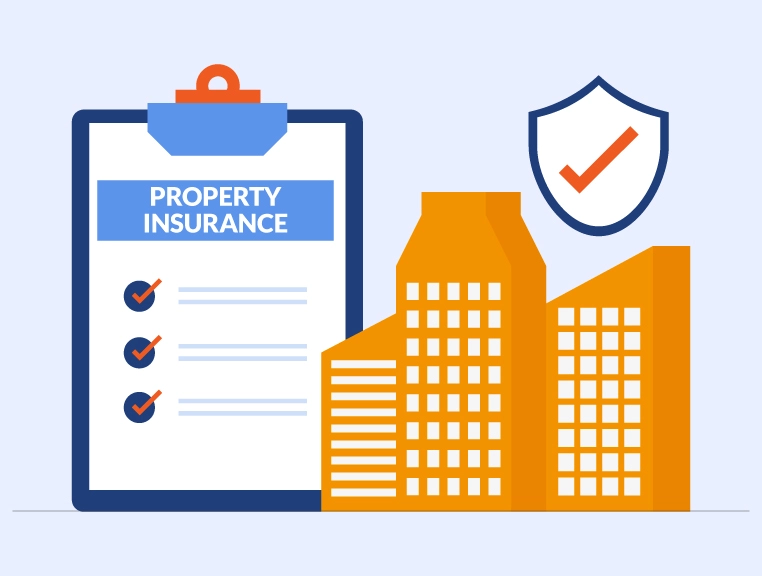Owning a home is a crucial milestone in most of our lives. We thorough our financial plans and often save for our dream house. However, imagine a frustrating situation to spend your money and time replacing the ageing roof only to have a large maple tree in your backyard cause damage to it during the winter. What do you do? Start savings and try to live on a budget again. Of course, not! This is when all-risk insurance policy coverage comes into play in your home insurance.
What is an All-Risk Insurance Policy Coverage?
The all-risk property insurance policy provides much broader coverage to your home from the risks and perils that cause damage or loss to the property. It is often known as a comprehensive insurance policy, which arises due to unforeseen accidents or those perils that are not covered under the named peril list.
How Do All-Risks Home Insurance Work?
In general, the insurance company provides two types of property coverage for homeowners – Named perils coverage and all-risks coverage. The named peril will only cover the potential instances that are listed in your policy. So, if your policy says that your home will be protected against fire, you won’t be able to claim any damage caused by a flood. With this type of policy, it’s up to you to prove that your loss was caused by a named peril. In contrast, all risks cover everything except for certain expectations.
However, the individual homeowner who requires coverage for the excluded accident or broader coverage, they have to usually pay an additional premium under the all-risk coverage policy, known as rider or floater to include the specific peril in the contract. Thus, it is important to keep in mind your home location and financial situation, which will play a major role in deciding to opt for all-risk home insurance coverage that encompasses a wider range of potential damage than a standard home insurance policy.
Let’s understand through an example- Say a friend comes over to help you install a TV in your home. By accident, they drop the TV, damaging your floor and TV as well. An all-risk policy would cover the damage to both, because it is sudden and accidental, and not excluded. On the contrary, a named perils policy that covers fire, smoke damage, lightning, and frozen pipes would not cover the damages to either the floor or the TV.
What are All Perils and Risks Covered Under All-Risk Insurance Cover?
The following are the risks and perils covered under the All-Risk Insurance Cover Policy: –
- Smoke and fire damage.
- Lightning strikes
- Water damage
- Frozen or burst pipes
- Theft
- Ice, snow or sleet.
- Accidental damage from electric current
- Damage impact by vehicles, watercraft or aircraft
- Civil disturbances or riots
- Vandalism
- Windstorms or hails
What isn’t covered under the All-Risk Coverage Policy?
Here are some of the most typical exclusions: –
- Nuclear incidents
- General wear and tear
- Damage is the result of any act of terrorism.
- Pest damage
- Pollution
- Mechanical breakdown
- Market loss
- Earthquakes
- Boiler Explosion
- Overland water (Flooding).
The Way Forward
It’s important to save on home insurance premiums and understand the smart drives that whether you need all-risk insurance coverage or not.
SecureNow, a tech-enabled insurance broker firm is bridging the gap by providing end-to-end commercial insurance solutions to our clients. Besides home insurance, if you are looking for any other home insurance policy, call us to get insurance quotations instantly.
About The Author
Shivani
MBA Insurance and Risk
She has a passion for property insurance and a wealth of experience in the field, Shivani has been a valuable contributor to SecureNow for the past six years. As a seasoned writer, they specialize in crafting insightful articles and engaging blogs that educate and inform readers about the intricacies of property insurance. She brings a unique blend of expertise and practical knowledge to their writing, drawing from her extensive background in the insurance industry. Having worked in various capacities within the sector, she deeply understands the challenges and opportunities facing property owners and insurers alike.




